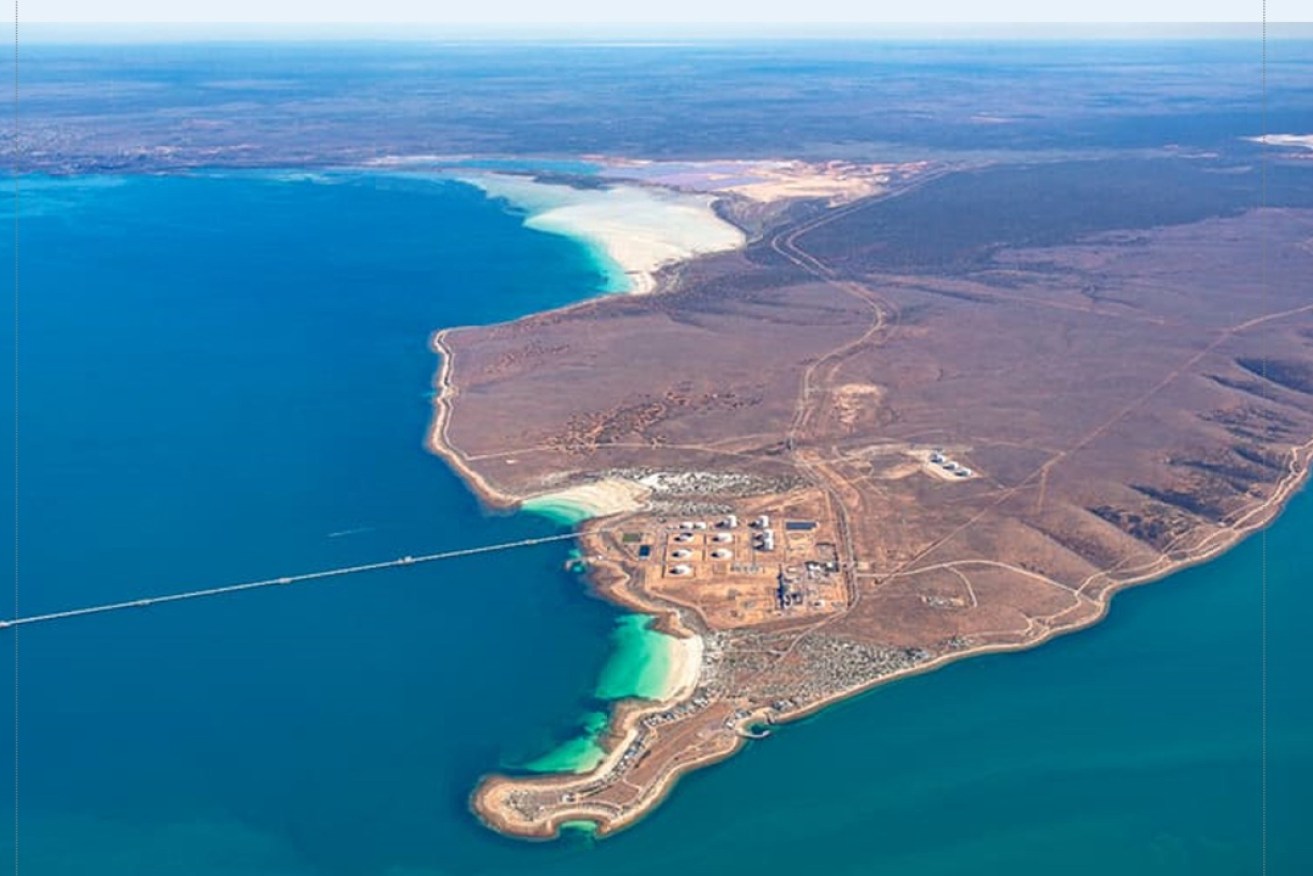Unlocking a second wave from Eyre Peninsula’s $28 billion investment
The Northern Water Project and Whyalla Hydrogen Power Plant may just be the start of decades-long growth and innovation on Eyre Peninsula.

Investment, including in a hydrogen hub at Port Bonython and Cape Hardy, will transform Eyre Peninsula
With more than $28 billion public and private investment in the pipeline over the next four years, Eyre Peninsula is poised for a major transformation.
The key infrastructure projects comprise Port Bonython Hydrogen Hub including the Whyalla Hydrogen Power Plant, which is set to commence operations by 2026; Cape Hardy Green Hydrogen and Industrial Precinct with recently announced project partner AMP Energy and a deep water port for export of these advanced fuels; Renascor Resources Siviour Graphite Project; and the Northern Water Project, which is presently contingent upon securing necessary agreements and approvals.
Should all these projects come to fruition, Regional Development Australia (RDA) Eyre Peninsula CEO Ryan Viney said it will be an exciting period for the region and be capable of establishing an era of prosperity for multiple generations.
“There will obviously be some challenges in managing the level of growth proposed and needed to support this investment, but access to water is going to be a big economic enabler for the region,” Viney said.
The Northern Water Project involves the staged construction and operation of a desalination plant at Cape Hardy, plus up to 600 kilometres of pipeline connecting it to the state’s north.
“Getting this project underway is critical, as it is needed to unearth and develop other projects identified right across the region,” Viney said.
Near Port Lincoln, another desalination plant is in the works from SA Water and is set to produce 16 megalitres of drinking water each day, with the capacity to expand this to 24 megalitres. Distribution network upgrades will also occur to service proposed and existing demand and ensure water security for non-mains water townships like Elliston.
With this reliance between projects, encouraging collaboration at all levels is critical, and this is the sphere in which RDA Eyre Peninsula operates.
Like the other RDAs across Australia, its remit is to encourage partnership between all levels of government and industry to realise investment opportunities in its regional area and help facilitate outcomes that will benefit the local community.
RDA Adelaide CEO Kelly-Anne Saffin, who consolidates the investment pipeline across regional South Australia, highlighted that the investment pipeline across the state is at its highest level ever with $62.564 billion in active contemplation over the next five years.
The workforce needed for the Eyre Peninsula projects will likely number 25,000 people. For perspective, the region’s population is just over 59,000.
Any influx will require a dramatic increase in new housing stocks.
“No doubt there’ll be a need for elements of the workforce to fly in and out, but we’re keen to provide opportunities where possible for workers to bring their families to live and remain in the region and grow our population,” Viney said.
RDA Eyre Peninsula has been working with local councils ready for the growing demand on infrastructure like stormwater, roads and waste management systems, on social infrastructure, like parks and recreation areas, and on council services.
“We’re helping them plan for the future, to make it more sustainable and provide the best opportunity to build out these new industries,” Viney said.
“We’re looking to achieve maximum benefit in region for these projects that will have a much broader state benefit – and ensuring as much value and legacy is left in regional areas to support those communities moving forward.”
Currently, more than half of Eyre Peninsula’s workforce is employed in primary industries, healthcare, teaching, manufacturing or retail. Less than 10 per cent work in construction, electricity or water.
Viney said preparing for the boom included ensuring local TAFE colleges and other education providers were aware of the new skill sets needed and the opportunities that were coming.
“We know that where training is provided, those who are trained and educated locally tend to stay in region.”
Growing the green energy opportunities, he said, would encourage more young people to remain in the region.
“Having a diverse economy and providing multiple career opportunities in different fields is what the next generation really look forward to or chase.
“So, being able to provide a variety of career opportunities is going to be appealing to the next generation to stay in and make the peninsula home.”
Viney said the $28 billion in investment reflects an unprecedented level of “symbolic business activity” intent on unlocking the region’s “substantial and natural competitive advantages”, being wind, solar and mineral deposits.
It will also unlock opportunities that have been previously denied to the region, he said.
“I think a lot of the projects will build legacy infrastructure in the region and that this initial wave of investment is going to be critical in providing opportunities for a second, high value wave.
“Having a deep sea port will provide access to new markets, which can have a flow on benefit to some of our region’s other commodities, like our cereal crops and grains.
“There’s an opportunity for future containerisation. Currently, all of our grains and cereals are bulk commodities, but with a potential new deep sea port and the ability to load shipping containers, it opens the door for greater local processing and value adding opportunities.”
Large scale, commercial horticulture is another opportunity he said may come from unlocking reliable sources of water and renewable energy. This is already being done by Sundrop Farms, which turned 65 hectares of arid land in Port Augusta into year-round tomatoes.
Viney said a second wave is “an aspiration and an opportunity”.
“Once you’ve got the base ingredients for economic activities, such as access to reliable power, reliable water source, and access to markets to provide new opportunities, then we will see further investment in opportunities that we haven’t currently been able to realise because of our current challenges.”





